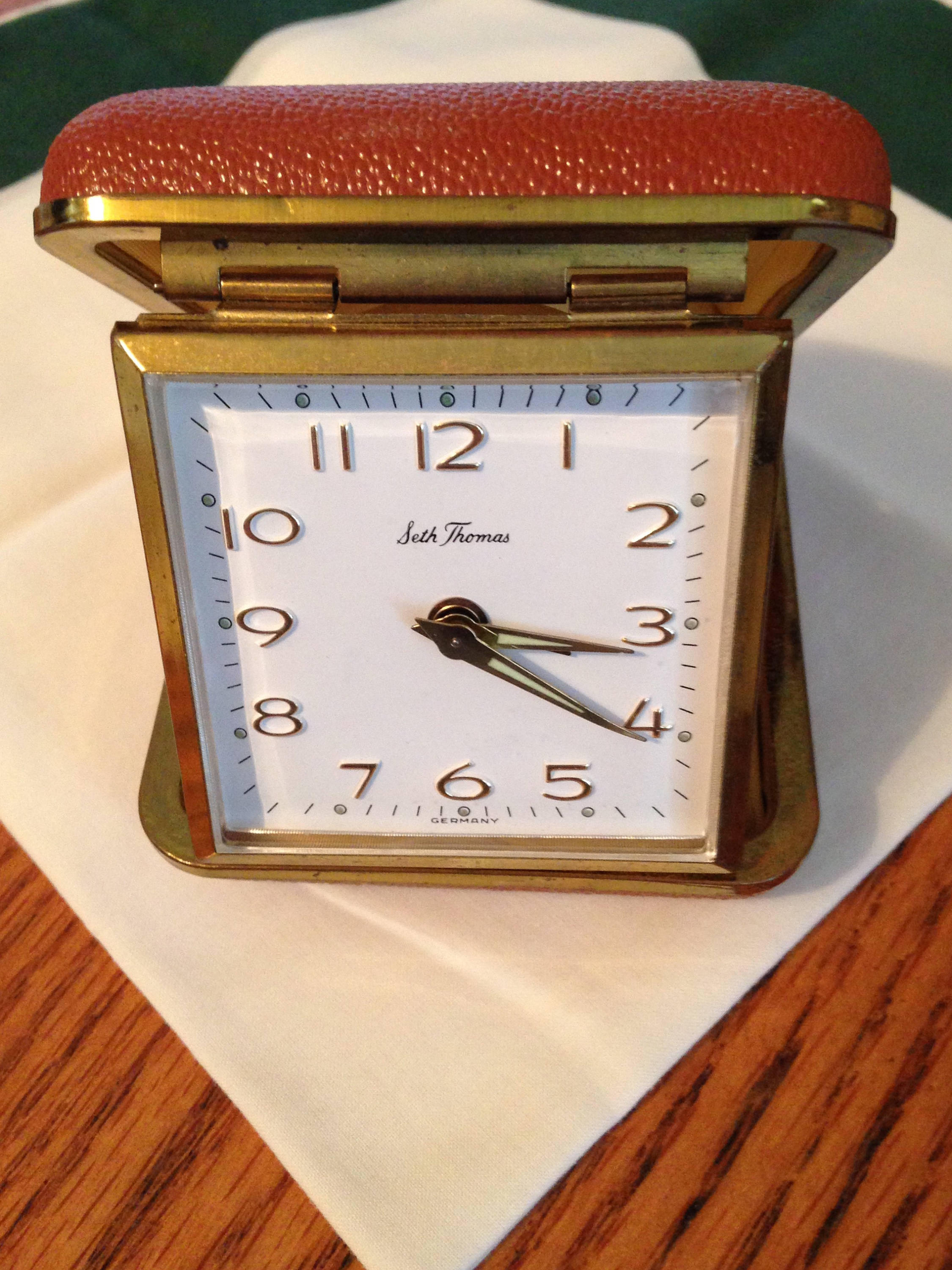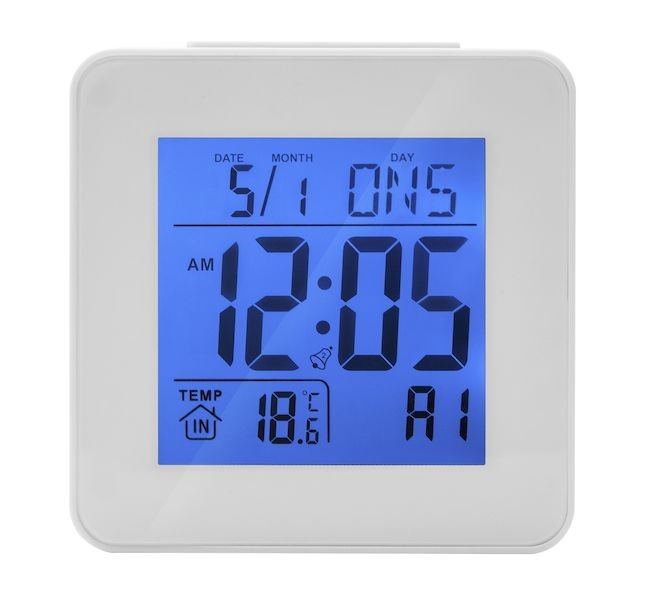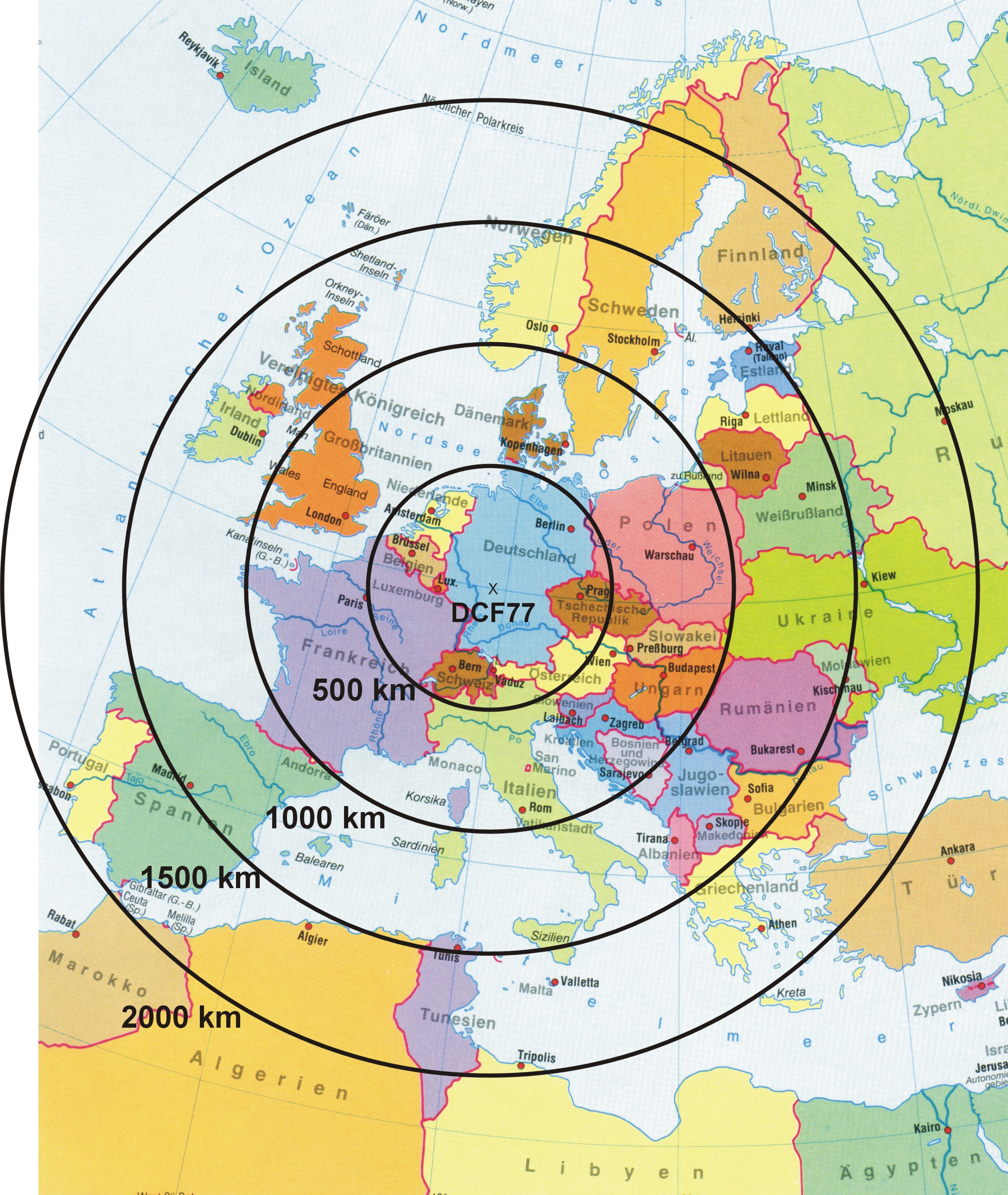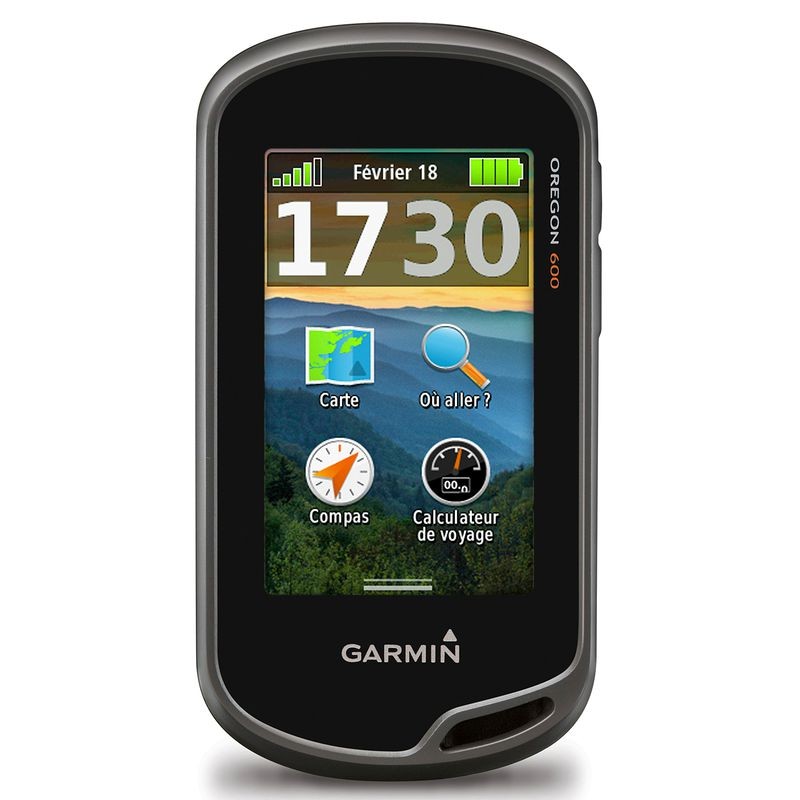It is the end of October, and the world, unnecessarily, is changing its clocks back to standard time, from daylight savings time. So much work …
The purpose of this blog post is to explain to millennials (and even younger people) some of the thoughts that dominate the minds of boomers, and even earlier generations with respect to keeping track of time. To help in this process is a table which lists the various environments in and around a house lived in by one retired couple (two people), and the timepieces they use – models from the Jurassic to the Anthropocene.
In their house, there are nine areas where there are no timepieces at all, and nine with timepieces. The living room (with two), the kitchen (with three), and the study used by person A (with two) have more than one timepiece. There are also two vehicles with timepieces, three portable timepieces, and three timepieces worn or carried on people. In total, there are 20 timepieces.
| # | Description | Placement | Type | Face | Power | Adjustment |
|---|---|---|---|---|---|---|
| – | – | entry | – | – | – | – |
| – | – | hallway 1 | – | – | – | – |
| – | – | hallway 2 | – | – | – | – |
| – | – | stairway | – | – | – | – |
| – | – | basement 1 | – | – | – | – |
| – | – | basement 2 | – | – | – | – |
| – | – | basement 3 | – | – | – | – |
| – | – | attic | – | – | – | – |
| – | – | prayer room | – | – | – | – |
| 1 | Watch 1 | person A | watch | analog | battery | wheel |
| 2 | Wall 1 | living room | wall | analog | battery | wheel |
| 3 | Wall 2 | kitchen | wall | analog | battery | wheel |
| 4 | Alarm 1 | Bathroom 1 | alarm | analog | battery | wheel |
| 5 | Alarm 2 | Bathroom 2 | alarm | analog | battery | wheel |
| 6 | Alarm 3 | study A | alarm | analog | battery | wheel |
| 7 | Alarm 4 | study A | alarm | digital | battery | wheel |
| 8 | Alarm 5 | bedroom | alarm | digital | battery | buttons |
| 9 | Alarm 6 | studio A | alarm | digital | battery | buttons |
| 10 | Appliance 1 | kitchen | timer | digital | mains | buttons |
| 11 | Appliance 2 | kitchen | timer | digital | mains | buttons |
| 12 | Car 1 | car A | dashboard | digital | system | complex |
| 13 | Car 2 | car B | dashboard | digital | system | complex |
| 14 | Desktop 1 | study B | screen | digital | system | automatic |
| 15 | Media 1 | living room | screen | digital | system | automatic |
| 16 | Laptop 1 | portable | screen | digital | system | automatic |
| 17 | Laptop 2 | portable | screen | digital | system | automatic |
| 18 | Cell 1 | portable | screen | digital | system | automatic |
| 19 | Cell 2 | person A | screen | digital | system | automatic |
| 20 | Cell 3 | person B | screen | digital | system | automatic |
The pendulum clock design was first conceived of by Galileo Galilei starting about 1602. His most advanced design is dated about 1637. It was never finished. The first operationalized pendulum clock was invented in 1656 by Christiaan Huygens, patented the following year, and built by Salomon Coster. The pendulum clock was the world’s most precise timepiece until the 1930s, which accounting for its widespread use. To begin with, its accuracy was only to about 15 minutes a day, precise enough to display hours, but not minutes. This changed in 1680 when 0.994 m long second pendulums, named because each swing takes one second, became widely used in quality clocks. These were first made by William Clement and became known as grandfather clocks. A minute hand, previously rare, was added to clock faces about 1690.
From the above table, listing all of the timepieces in our house, it can be seen that there are no pendulum timepieces, such as a grandfather clock or even a spring based mantle clock that requires a weekly or even daily winding. There is some progress, in that all the clocks in the house are electrically powered. Full disclosure: As an adult, I inherited a pocket watch, which, because it required regular winding was ignored as a timepiece.
I remember two timepieces from my childhood. The first was a Seth Thomas travel clock that I used as an alarm clock on a daily basis, the second was a self-winding watch. At the time, I regarded the self-winding mechanism as a technological masterpiece. The major challenge with all wind-up clocks was their inability to keep accurate time. Making adjustments (setting time) was a major preoccupation. There were various mechanisms used to do this. Official time signals from the radio was my preferred approach. In Vancouver, there was always the “nine o’clock” gun in Stanley Park. Church bells were a less reliable method.

With mains based electric synchronous clocks, the frequency of the alternating current (at 50 Hz in Europe, 60 Hz in North America) allowed for much more accurate clocks, under most circumstances, but totally useless if there was a power outage. These drive clock gears with a synchronous motor, that count cycles of the power supply. While there may be short-term frequency variance, the total number of cycles per day is rigorously constant. They are more accurate than a typical quartz clock. Electric synchronous clocks were the most common type of clock from the 1930s until a revolution in timekeeping occurred in the 1980s, when inexpensive quartz timepieces became available. Today, this is the world’s most widely used timekeeping technology, found in clocks, watches, computers and appliances. For further information see: https://en.wikipedia.org/wiki/Quartz_clock
The first quartz clock was built in 1927 at Bell Labs in Princeton, New Jersey, by Warren Marrison and J.W. Horton. It was accurate to about a half-a-second per day. In 1949, the first atomic clock, and by 1960, the even more accurate hydrogen master clock, emerged. The idea of using atomic transitions to measure time was suggested by Lord Kelvin in 1879. Isidor Rabi used magnetic resonance as a practical method for implementing this. The first atomic clock was less accurate than existing quartz clocks, but demonstrated the concept. An accurate atomic clock was built by Louis Essen and Jack Parry in 1955 in the UK.
So much for history …
Back to our house. There are two challenges with 13 of the 20 clocks. First, they are useless after a power outage. Second, they are hopeless at transitioning between standard time and daylight savings time. This is not an insurmountable problem. Modern solutions are presented at the end of the post. Before presenting these, two earlier solutions are sketched.
Radio clocks. The name no longer radiates the same aura of modernism, like it did in the 1960s. Yet, radio clocks still exist, such as the Rubicson 16009 alarm clock. It alternates between standard and daylight savings time automatically. It even displays an S during the summer, and stops displaying it in the winter when it is on Standard time. It is difficult to understand what the S actually stands for. Obviously, it isn’t standard, but it could be summer or savings-time. The manual for the clock doesn’t explain this.

This Rubicson clock is radio-controlled, which means that it synchronizes with a time code from a radio transmitter that is connected to an atomic clock. This one syncs with DCF77 a longwave time signal sent from Mainflingen, Germany. It is claimed that with its 50 kW power, DCF77 transmissions can be received as far as 2,000 km from the transmitter. Consumer grade clocks should be able to receive 100 µV/m signals, making it available in Bodø, Norway, at least during night hours.

In the mid 1990s, I purchased a radio-controlled clock for my son, from a mail-order company in Oslo. They claimed that the clock would work in Norway, up to Steinkjer, a city at about 64° North, and about 1500 km from the transmitter. We live about 30 km south of the city, so I assumed it would work here. This was a bad assumption. The clock worked for a few days, but couldn’t connect to the time signal to update itself. Without a connection it stopped working. It would not allow a manual update. Since then, I have never considered using a radio-controlled clock.
An alternative approach is to connect a clock to multiple transmitters, typically from GPS and/ or GNSS satellites. GPS satellite navigation receivers generate accurate time information from satellite signals. Dedicated GPS timing receivers are accurate to better than 1 µs. Consumer grade GPS receivers may deviate from this, by up to 1 s. I can live with that.
In order to test the feasibility of a GPS clock, I used our Garmin Oregon 600 GPS. It was impossible for the GPS to contact satellites from within our house. While it is only conjecture, one reason could be our metal roof, which could have prevented satellite signals from reaching the GPS. The metal roof, does not explain why the radio clock would not take in signals. In desperation, the radio clock was taken outside the house, but still failed to make contact with the radio signals.

One might think that the answer to a GPS timepiece is to use an antenna. The fact of the matter is, GPS timepieces make no sense inside a house in this internet age. The timepieces are very expensive and offer no other benefits.
Coordinated Universal Time (UTC) is used to synchronize computer clock times to a millisecond, or less. More than 175,000 connected hosts use the Network Time Protocol (NTP) to run an Internet Time Services (ITS) and an Automated Computer Time Services (ACTS). These are used to set computer and other clocks via the internet or telephone lines. By default, smartphones automatically update the time as it changes. When one travels from one time zone to another, the phone updates using ACTS to “check in” with cell towers. This adjusts the phone’s time, calendar appointments and alarms.
Computers have real-time quartz clocks on their motherboards that maintains the time. There is an associated small battery that powers the clock when the computer is shut down. Computers connected to the internet query a NTP time server for the current time.
Smart appliances controlled remotely by a computer, phone or tablet are becoming commonplace. The Internet of Things (IoT) has made its way into the kitchen. In January 2017, Whirlpool announced its Smart Home Lineup. These include a number of kitchen and laundry appliances that can be controlled via an app connected via WiFi. Unfortunately, they since this is a partnership with Amazon, consumers are forced into a relationship with Alexa. On a more positive note, since these appliances use NTP, their time will automatically re-set after a power outage.

While some of today’s cars can parallel park themselves, they seem unable to set or reset their timepieces. All that needs to happen is for that timepiece to connect to a GPS system or even a phone. There is some discussion that it could be 2022 or later before automated timepieces are standard.
This weblog post was updated 2021/12/21. to eliminate Seeds from the title. This post formed part of a Needs, Seeds and Weeds website that belonged to my daughter, Shelagh. In addition, other things are also out of date, or my opinions have changed. Apart from the title, updating the text to a block format and other minor formatting changes, the text above this paragraph remains as it was before. Any significant content changes are found below this paragraph.

